You would practically be lying if you said that the rivers of a country are not one of its most important features. Right from our childhood, we are being taught to respect the country's water bodies and worship them like a God. Well, the same is true in the case of Bhutan as well.
Being a small country nestled in the Himalayas, the four major rivers of Bhutan cover 10% of the country's area, constantly nourished by the Himalayan Glaciers. After flowing all the way through the country, they ultimately drain in the Brahmaputra River in India, gradually flowing into the Bay of Bengal and mixing in with the mighty waters of the Indian Ocean.
The Major Rivers of Bhutan
Bhutan has four major rivers, named Drangme Chhu, Mo Chhu, Wang Chhu and Torsa Chhu, which are further divided into smaller streams of water.
1. Drangme Chhu
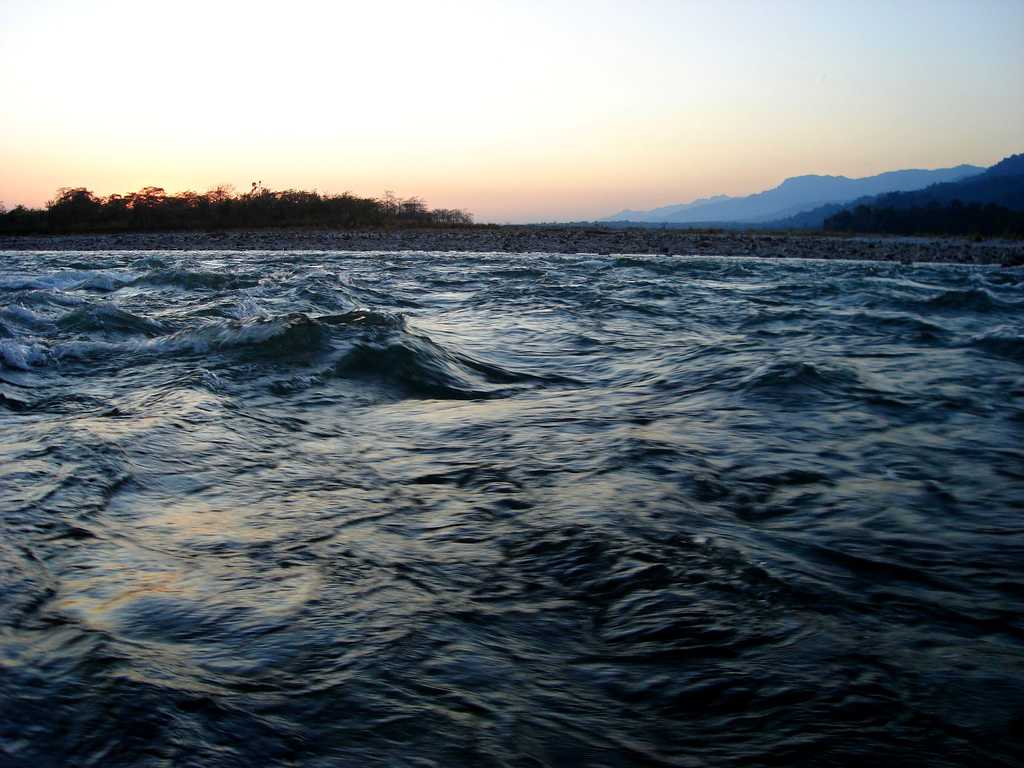
The largest river system in Bhutan, Drangme Chhu is the Bhutanese name for the holy Manas River. The 376 kilometres long river flows across Bhutan spanning 272 kilometres and covers the rest 104 kilometres by passing through the Indian state of Assam. It eventually drains into the Brahmaputra river before draining into the Bay of Bengal.
The Drangme Chhu originates from West Kameng District of Arunachal Pradesh in India and enters Bhutan through Trashigang. It covers Trongsa Valley and Bumthang Valley and broadly covers the districts in Eastern Bhutan. It is divided into three rivers in Bhutan, namely Mangde Chhu, Bumthang Chhu and Drangme Chhu.
The river has a great economic significance in the country. It serves for irrigation purposes of farmers and is a rich natural resource. Additionally, the river adds up to the natural beauty of the surroundings. It flows through Royal Manas National Park, located in Southern Bhutan and beautifies the environment.
2. Wang Chhu
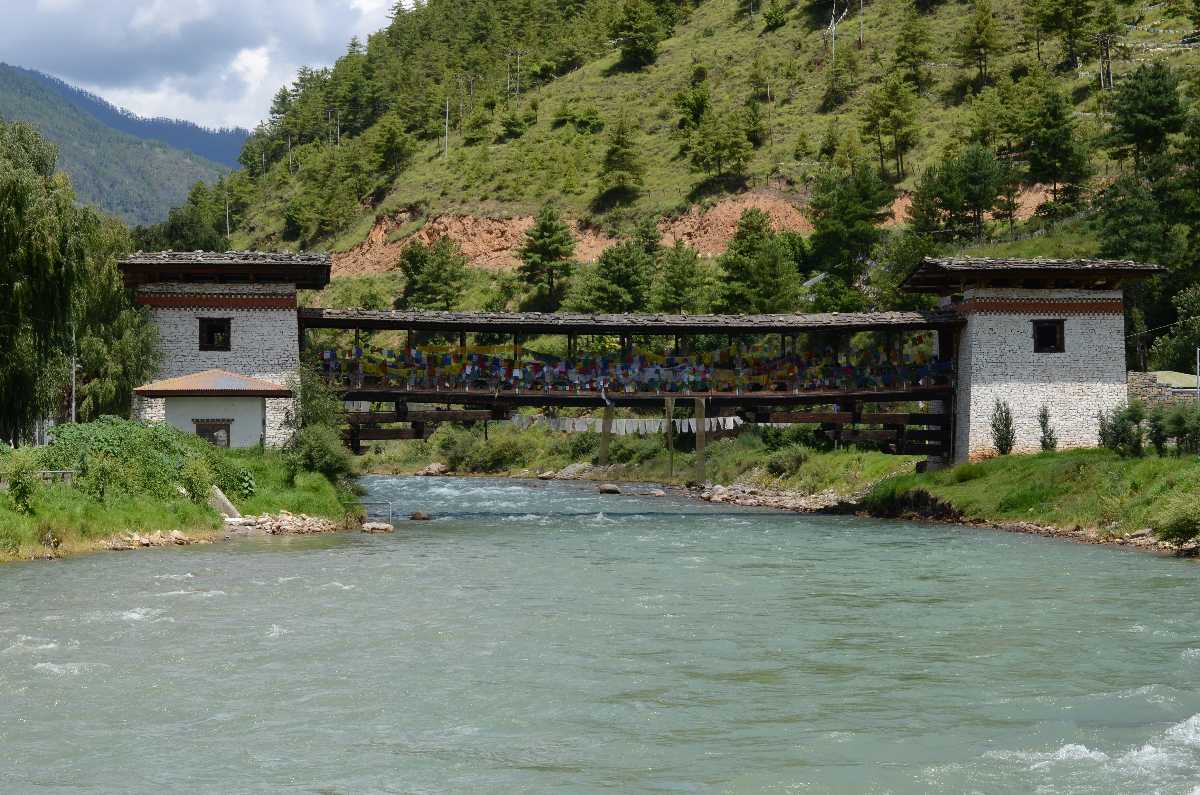
Originating from Himalayan glaciers in Tibet, Wang Chhu covers some major valleys of Bhutan, including Paro, Thimpu and Haa. The lifeline of west-central Bhutan, it enters Bhutan through the westernmost border. It is known as Paro Chhu in Paro, Haa Chhu in Haa and Thimphu Chhu in Thimphu, before it finally drains into the Brahmaputra River in Bangladesh.
This river of Bhutan is quite popular for kayaking and rafting activities. People prefer to take up these adventure sports in Paro or Thimphu, where there are plenty of facilities and options.
3. Mo Chhu
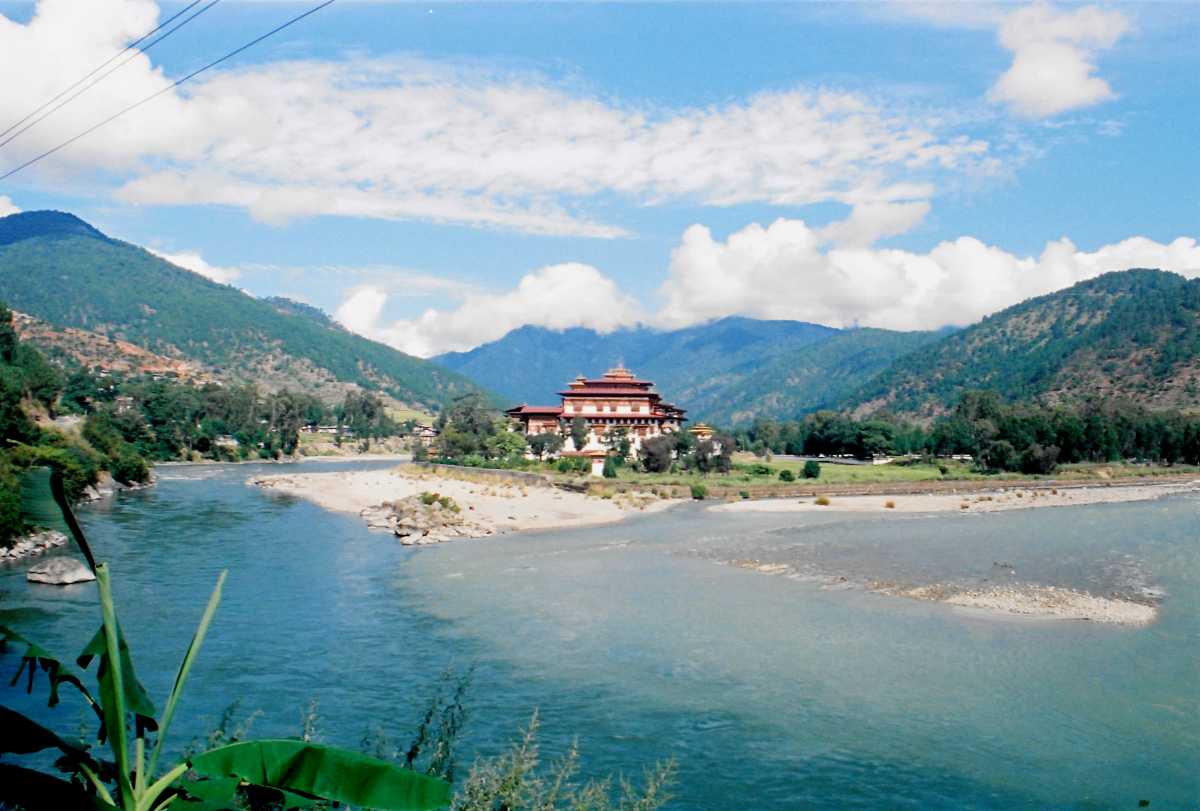
Originally, Mo Chhu starts its trail from Gasa Dzongkhag in northern Bhutan. It is known as "Sankosh River" in Assam. Mo Chhu meets Pho Chhu, and thereafter comes to be known as Paro Tsang Chhu. This convergence takes place near Punakha Dzong in Punakha District.
In Bhutan, such convergence points are considered inauspicious and hence to cleanse the aura of the surroundings, 3 chortens have been built nearby.
Punakha Dzong overlooks this pristine river and the bridge over it provides an amazing view of the surroundings. A great variety of fauna can be found on the riverside. Many flowers blossom and make the environment enriching.
4. Torsa Chhu
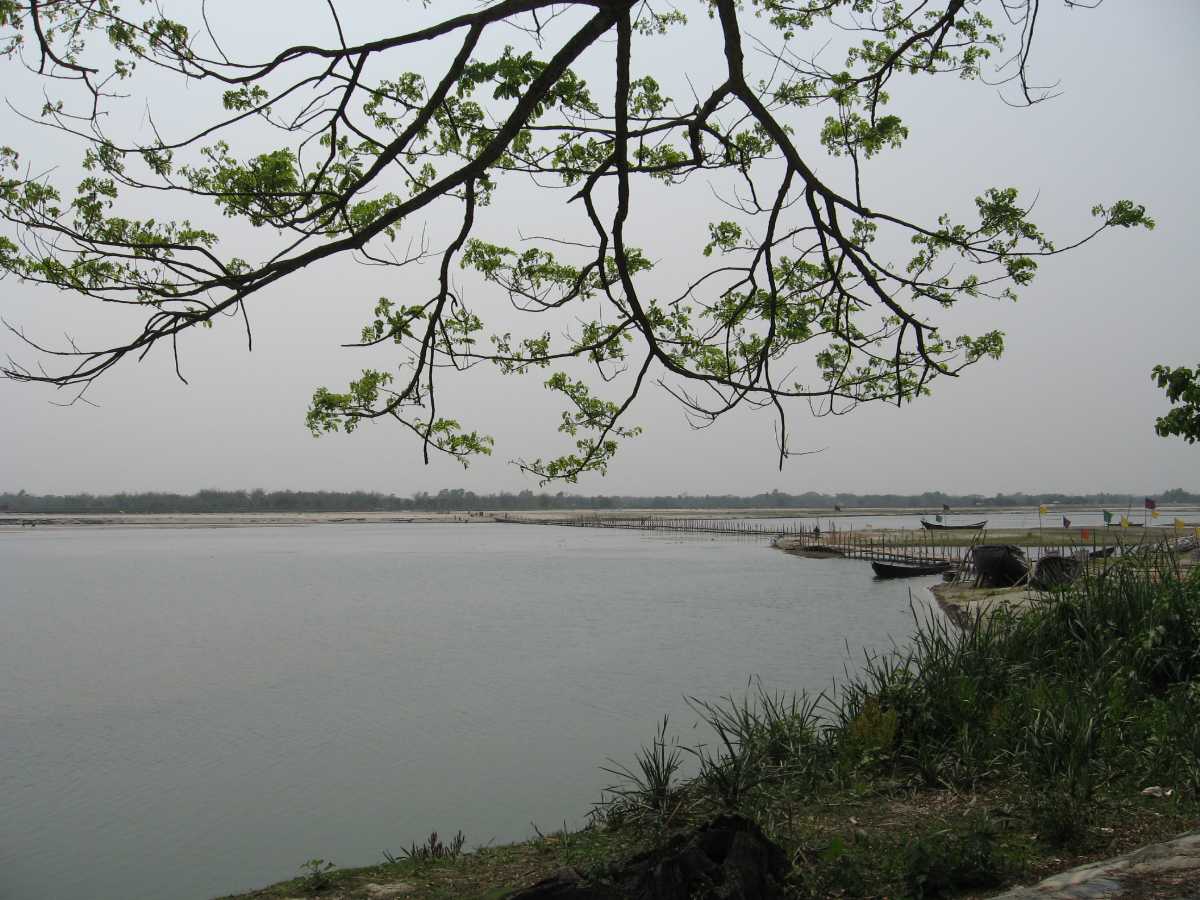
Rising from the Chumbi Valley in Tibet, Torsa Chhu is the smallest river system in Bhutan. It is 358 kilometres long, out of which 145 kilometres of it lies in Bhutan. It enters Bhutan through western parts of the country. It is known as Amo Chhu in northern Bhutan. It passes through the southern town of Phuentsholing and then flows into West Bengal in India.
It also flows through Torsa Strict Nature Reserve, which is the only nature reserve in Bhutan. The landscape of this area is beyond beautiful, which is why it is gaining popularity from all over the world.
Beliefs and Features Associated with Rivers
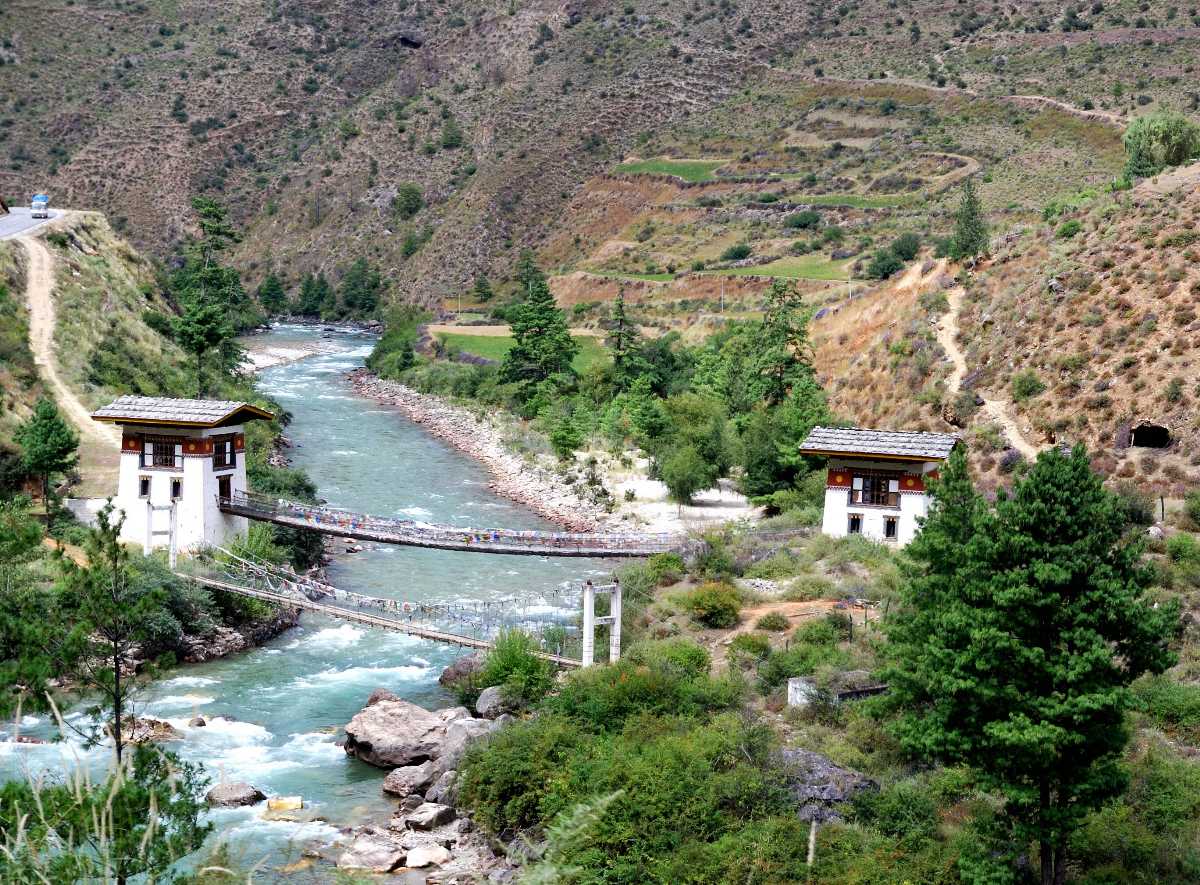
The rivers of Bhutan are treated with utmost respect by the people, associating many beliefs with them. Mo Chhu, for example, is known to wash away at least two people in its waters every year. Hence, people tend to avoid going swimming in it. Tempering with them, in any way, is considered inauspicious. Parents tell their kids that God will punish them if they litter or unnecessarily throw pebbles in it. However, due to growing industrialization and enhanced tourist activities, waste and garbage somehow end up being in the rivers. This is why the main rivers' waters are not used for cultivation. Instead, the side streams are used for irrigation purposes by farmers.
In Paro, an advanced technology method has been developed which helps farmers to withdraw water for cultivation of crops. Such kind of technology is not developed in any other small town or village, and hence the use of river water for daily use remains limited.
During monsoon season, the level of water in the rivers of Bhutan often cross the danger mark and imposes a threat for floods. In fact, flash floods are so common in the country now that no major news is made out of such incidents.
Other Major Rivers
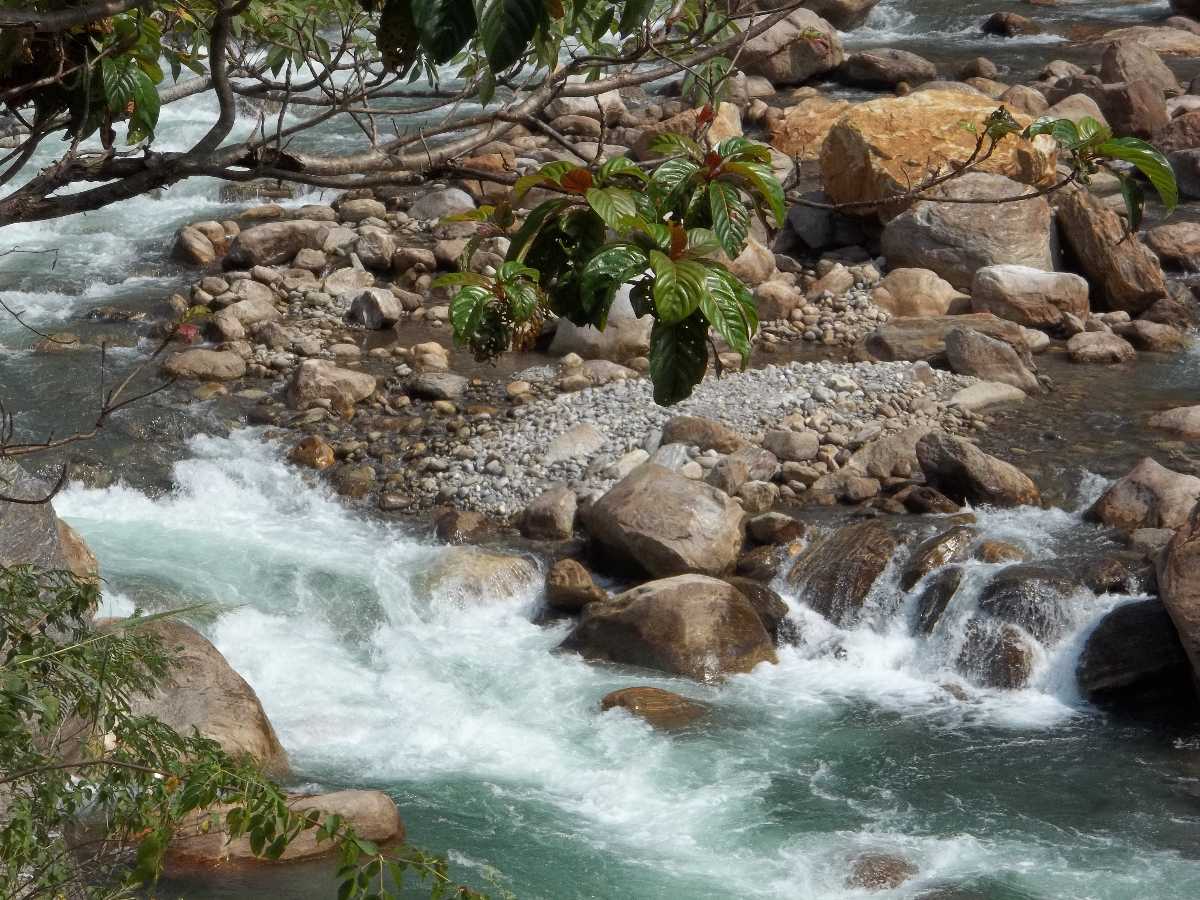
Apart from the four major rivers systems of Bhutan, there are a few other rivers which flow across the country. Jaldhaka River, for example, is a major one. Most portions of the river flow in Bangladesh and India, and only a very few portion passes through Bhutan. It is still considered an important river among the locals.
Bhutan is one of the most beautiful places on Earth, and the rivers of Bhutan serve to amplify, nourish and enhance this beauty. So, on your next trip to the country, make a note to spend time in at least one riverside, if not all. The mesmerizing fauna is overwhelming and the beauty of the surroundings can not be justified using any amount of words.
